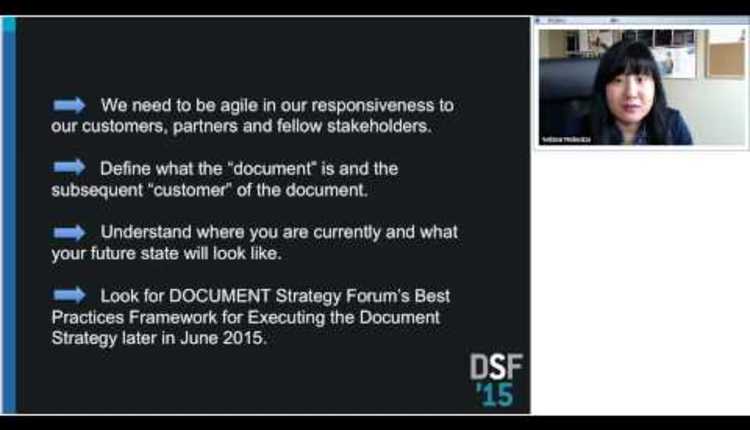
I was reading an article titled, "Sanction Imposed for Inadequate Implementation of Litigation Hold," where the discussion focuses on the defendants' efforts to preserve information and the efforts of implementing their litigation hold, which the court found to be inadequate. As a result, the court imposed a fine of $931,500-plus.
The lack of information preservation and types of information to be preserved is not what caught my attention. It is the point that the litigation hold was issued gradually, expanding across departments rather than uniformly and simultaneously. The article cites that it took more than a year after the duty to preserve information was known for all parties to be made aware. The article further states that this approach to the litigation hold was used as a result of an interpretation of what was needed as part the preservation request.
In my view, and I am not an attorney, once the litigation hold is implemented, any and all information considered to be related to or associated with the case, is to be preserved. All parties within an organization, certainly those with a direct association, are to be immediately notified and made accountable to adhere to the litigation hold process, preserving any and all information related to that case. Implementation of the litigation hold should be uniform and simultaneously executed, not gradually and selectively.
|
First things first, you have to have a litigation hold policy. This should be part of your information governance policy, and someone should be responsible to maintain it, implement it and monitor it for compliance by the user community. It should include a procedure to be followed when a litigation hold is issued, like who is deemed the lead person, roles and responsibilities, individuals involved and a preservation plan for both physical and electronically stored information (ESI). There should be directional guidelines on how information is collected, where it is stored and inclusion of additional relevant information as it is uncovered or enters the organization.
Employees should be trained on the meaning and importance of the litigation hold. They should be made aware of the consequences resulting in non-compliance and given resources to turn to for advice in times of uncertainty. Whenever it is possible, if it is possible, use of automation technologies should be put in place to automatically capture information of a certain nature and held for review by the legal team.
Most importantly, when a litigation hold is implemented, it should be done in a uniform way with simultaneous notification to all identified parties. It should be monitored for compliance and that actions are taken as needed to address inconsistencies in the implementation process. This should also be documented and made part of the records maintained as part of the case file. The fact that something was overlooked or missed is one thing, how you worked to resolve it is another—and one that could mean the difference between acceptance of your actions or fines as a result of inadequate action. The litigation hold is an effort requiring the attention of many parties. In order for it to succeed, you must have the right tools, resources, training and procedures in place and ready to respond as a team.
















